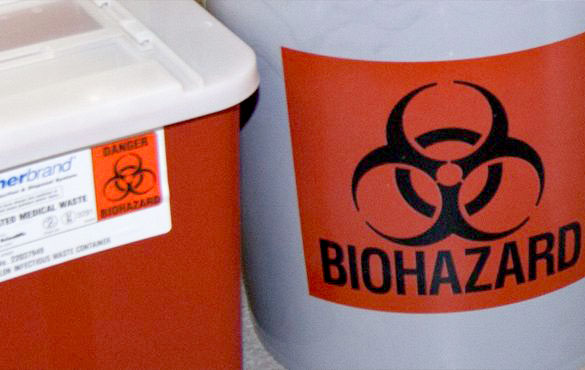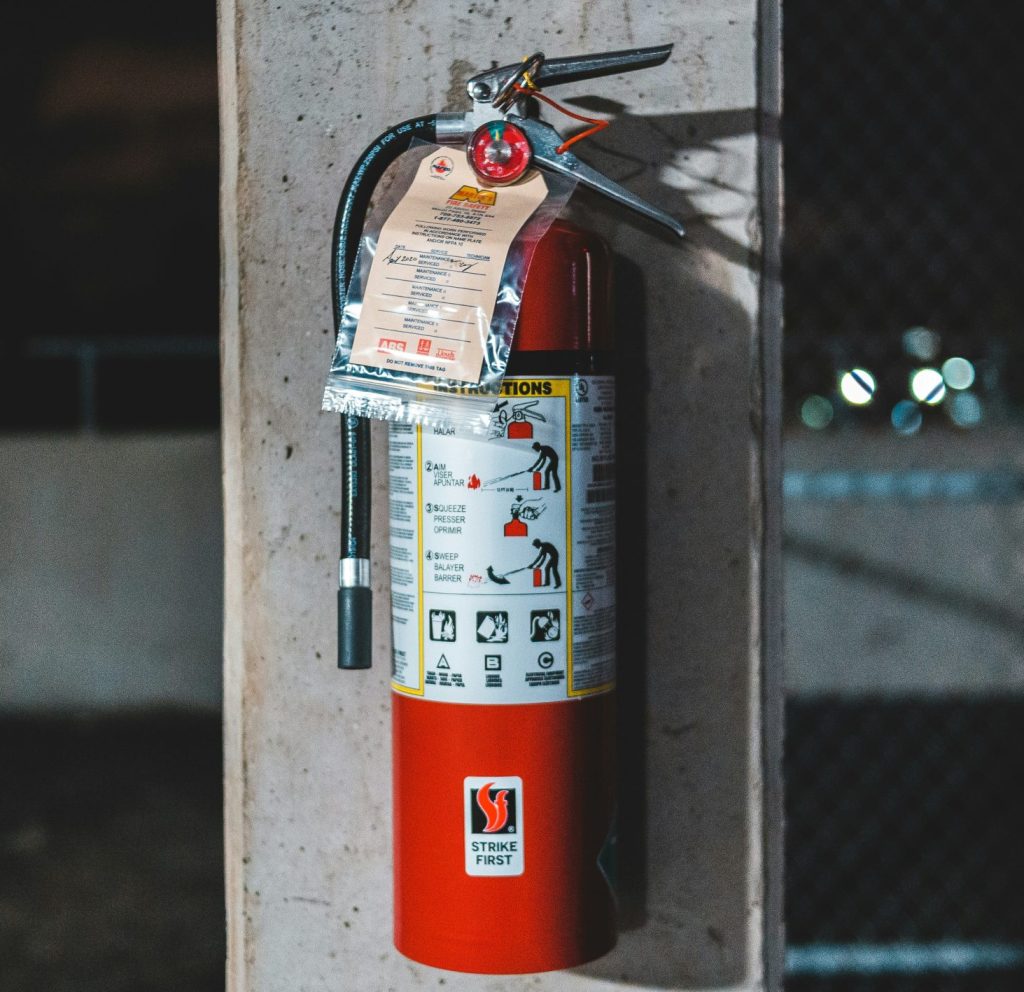Invasive Species
Invasive species, or non-native plants, often lack the population controls from natural predators, competitors, and diseases that are found in their natural environment, which gives them an opportunity to outcompete native plants. In addition, excessive plant growth, algae, and invasive aquatic plants can sometimes be a nuisance to ponds, lakes, streams, wetland areas, and storm water detention and retention facilities. The negative effects that these invasive species present to the local environment include:
- Reduced biodiversity
- Altered hydrologic and/or soil conditions
- Altered fire intensity and frequency
- Natural succession interference
- Pollinator competition
- Poisoned/repelled native insects
- Displacement of rare plant species
- Increased predation on nesting birds
- Increase in plant pathogens introduced into the area
- Replacement of complex communities with single species monoculture
- Native species’ genetic composition dilution due to hybridization
- Local industries and agriculture threatened
- Human health endangered
Supplemental Information
- Chemicals used for Treatment of Aquatic Nuisance Plants and/or Algae
- Michigan Prescribed Fire Council-Best Management Practices
- a2gov: Natural Area Preservation
- DNR: Invasive Plants/Algae: Identification & Best Control Practices
Some of the common invasive plant species found in Michigan that require control include:
 Garlic Mustard Garlic Mustard |  Eurasian Watermilfoil Eurasian Watermilfoil |
 Common Buckthorn Common Buckthorn |  Purple Loosestrife Purple Loosestrife |
 Glossy Buckthorn Glossy Buckthorn |  Narrow Leaf Cattail Narrow Leaf Cattail |
 Honeysuckle |  Invasive Phragmites Invasive Phragmites |
The North Campus Woods Conservation (NCWC) Program is dedicated to preserving the existing biodiversity and restoring the damaged ecosystems located near and on North Campus. This unique ecosystem gives the U-M community an opportunity to enjoy a natural area in a largely urban environment.
The invasive species found in the North Campus woods have a negative impact on this natural and beautiful landscape. These invasive plants, above all else, decrease the area’s biodiversity and alter the hydrologic and soil conditions. It is for these reasons that the NCWC program was developed–to enable the native species to regain their former territory. The native species in the region grow easily without fertilizers or pesticides if given the space. They have more massive root systems, which enable them to access water in times of drought, and this root system also helps to reduce soil compaction, helping nutrients and humus get into the soil. Their root systems can help retain water and filter out pollutants while stabilizing the soil and preventing erosion.
Community Participation
To preserve the North Campus Woods, EHS and Grounds work with volunteers to remove invasive plants such as honeysuckle and buckthorn. Volunteers are asked to come out at least once per semester to remove invasive plants. We encourage student groups, fraternities, and sororities to consider a group outing which you can organize with Tony Shourds, at tshourds@umich.edu, the EHS lead for this valuable program.
Supplemental Information
The following links relate to the North Campus Woods Conservation program, invasive plant species, and native landscaping:
Aquatic Areas
Environment, Health & Safety (EHS) obtains the permits from the Michigan Department of Environment, Great Lakes, and Energy (EGLE) needed to chemically and mechanically treat wetlands and surface waters for invasive aquatic plants. The permit allows the University of Michigan (U-M) to treat nuisance aquatic plants and algae using only herbicides registered with the EGLE for use in lakes and ponds and only applicators with the proper certification credentials applying the chemicals to areas with standing water or to water bodies; or using a mechanical means.
Chemical Treatment
To obtain a permit, contact EHS, EP3 at (734) 647-1143. Provided that all of the information is accurate and that EGLE does not have questions, it typically takes at least 30 days for a permit to chemically treat aquatic nuisance species to be granted. EP3 needs the following information to prepare the permit application:
- Location for treatment
- Size of the treatment area
- Drawing of the pond including contours
- Target species
- Proposed treatment dates (range)
- EGLE approved herbicide proposed for use (including any tracer dyes and adjuvant additives)
- Information about any outlet control structures on the treatment area (such as a riser column in storm water basin) and if there is a continuous flow from the treatment area
After approval is obtained, the applicator must:
- Use only the approved chemical(s) at the approved concentrations and rates
- Maintain records on the:
- Date, time, and weather conditions at the time of each application
- Amount of each chemical applied and the location of the application
This information is required to be reported to EGLE at the end of the treatment season (due to EGLE by November 30th).
Mechanical Treatment
Any project using mechanical removal methods withing a regulated waterbody (stream, river, pond, or wetland) requires a JPA permit from EGLE. For assistance in obtaining the required permit, please contact EP3 at (734) 647-1143 several months before the work is to start. The permit can take several months to obtain.
Prescribed and Controlled Burns
To obtain a permit to conduct a controlled burn to remove invasive species, contact EHS Fire Safety at (734) 647-1143. Please have the following information available when you call:
- Site size and location
- Fuel source
- Fire hydrant locations
- Anticipated wind speeds
- Smoke direction
- Equipment and personnel





